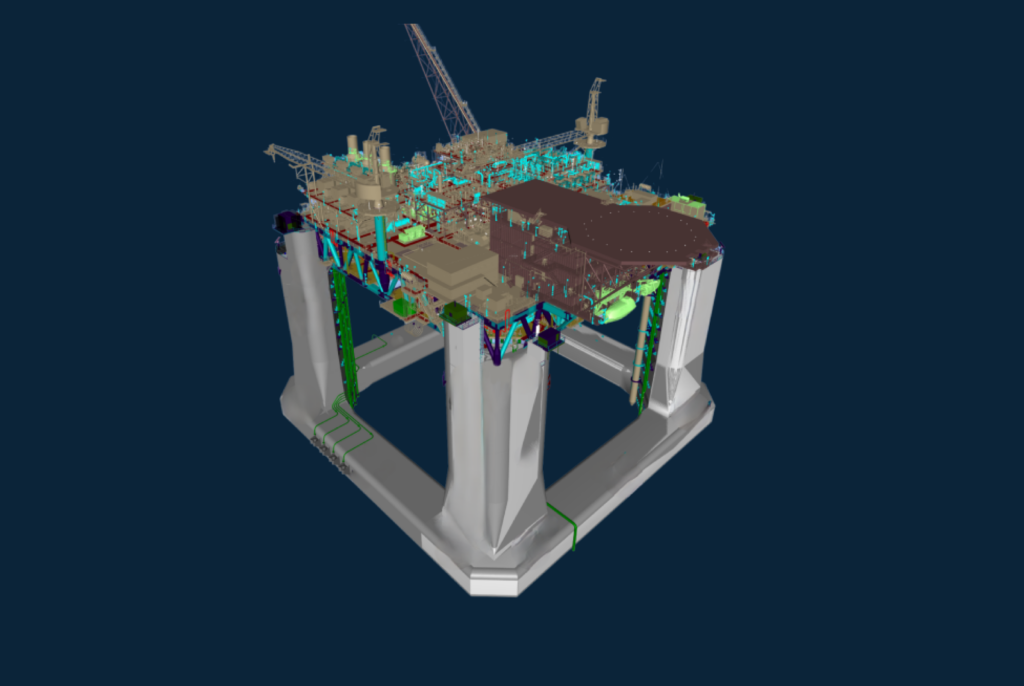

Want to share this article?
FPSOs Increasingly Important for Subsea Applications
You don’t have to look far to find evidence that offshore oil and gas production facilities are becoming increasingly mobile and easier to deploy.
A quick scan of the news for information on floating production storage and offloading (FPSO) vessels is revealing.
But what are FPSOs and why are they in demand? Oil-based FPSOs have been around since 1977, adding to transportation and offloading the ability to process hydrocarbons, a task typically relegated to offshore oil platforms. These types of vessels are becoming increasingly important as decreases in shallow-water resources have resulted in increases of the number of deepwater and ultra-deep subsea wells. Typically moored and attached to multiple wells, the FPSO makes for a more efficient platform for oil processing and storage as the ship is designed to handle changing weather conditions and can even disconnect from moorings during extreme weather events. FPSOs are also attractive as they can be redeployed relatively quickly to other areas upon well depletion. Finally, these production-based vessels aren’t limited to oil; specific versions of FPSOs can also handle liquefied petroleum and liquid natural gas (LPG and LNG), for example.
As more entities move well operations to deeper waters — at the same time requiring greater yields and efficiency — expertise in topside designs, brownfield modifications, and regulatory environments is increasingly important, especially as larger storage capacities are needed and more remote locations are to be reached. FPSOs and their constant innovation will play a significant role in that future.












